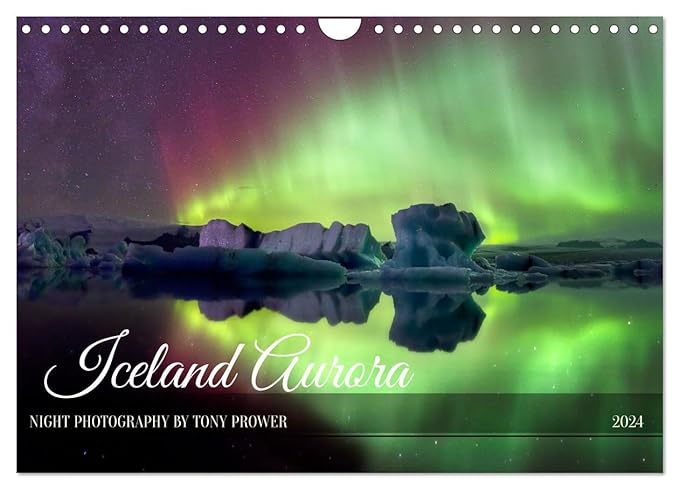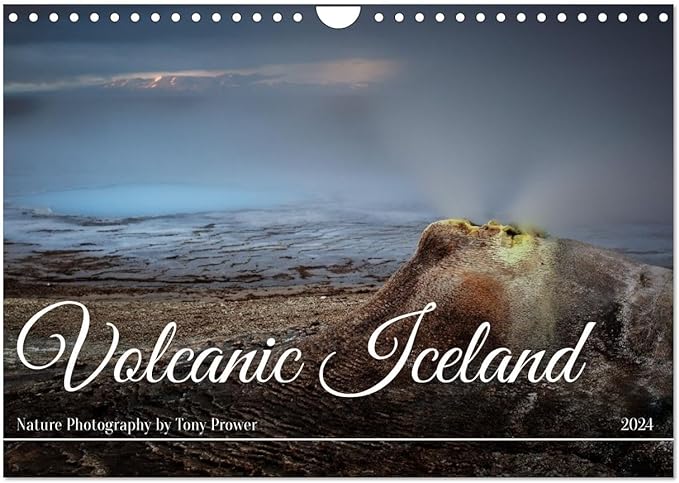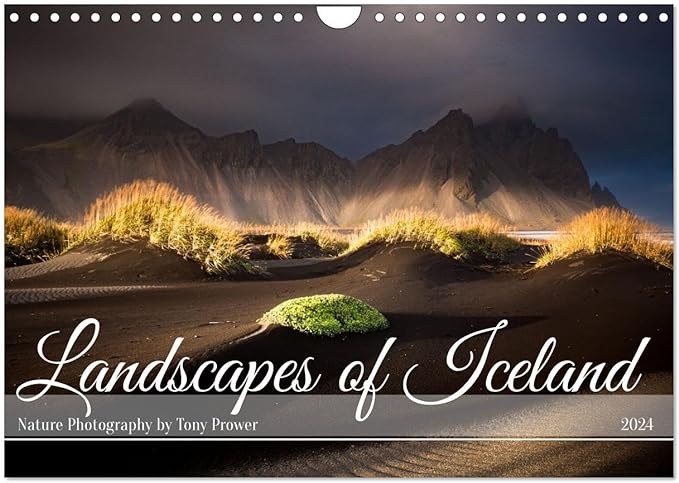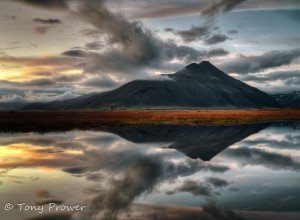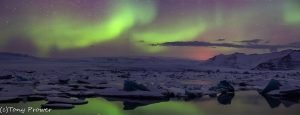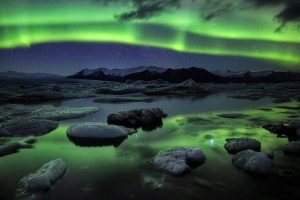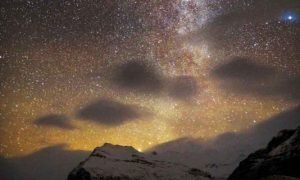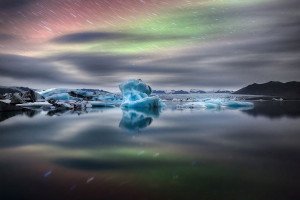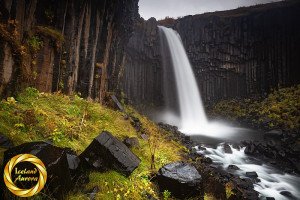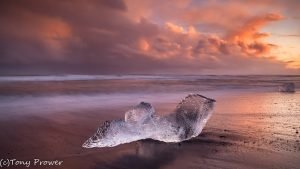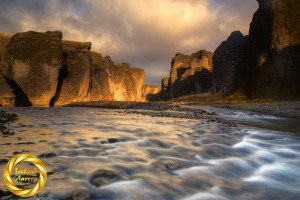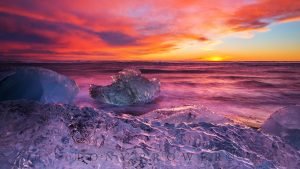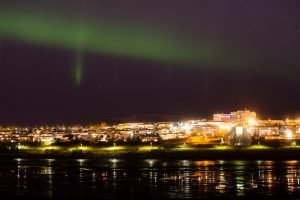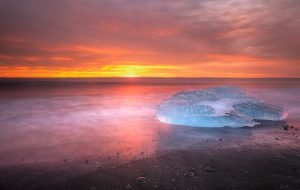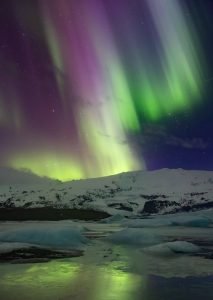I am a fan of the semi-automatic modes and when I am on a tripod facing a natural landscape scene, I usually switch to Aperture Priority. Anyone who does this is arguing for aperture. Arguing for aperture is a challenge, this article will get a bit technical, but anyone wanting to advance their landscape picture quality and communication will, hopefully, find this useful.
Aperture refers to the size of the hole that the light travels through after the glass in your lens and before it enters the camera. Aperture relates to focus and it relates to Depth of field (DOF). DOF equals the range in the scene that appears in focus. Landscape photographers usually try to achieve a large DOF so that everything in the scene, from front to back appears to be in focus. The reason for this lies in the communication goal of the image. A landscape scene will try to communicate the sense of space and distance and the relation of near objects to distant objects. Portrait photographers will normally try to achieve a shallow DOF, so that only the eyes are in focus. In a communication sense, a good portrait will try to draw all you attention to the face and eyes because the photographer is trying to communicate emotion or character, or beauty. So nothing else in the scene is that important.
Factors Affecting DOF
A large DOF is achieved with a small aperture, i.e. f/16 and a shallow DOF is achieved with a large aperture, i.e. f/2.8
But, DOF is not just caused by aperture choice. Focal length (how wide is your lens) also determines the depth of field. For example a super-wide angle lens will naturally have a larger DOF and a telephoto lens will naturally have a shallow DOF. The distance to your focal point (point of focus) also determines the depth of field. The closer you are to the subject will give you less DOF, for example if you are just a few inches away from the object you are focusing on, it becomes difficult to achieve a sharpness towards infinity. Photography styles such as Macro photography often have issues with such a shallow DOF.
A typical landscape scene might have a very important foreground, but will be captured with a wide angle lens and a small aperture (f/11 – f/22).
Tours Around Iceland
Depth Composition
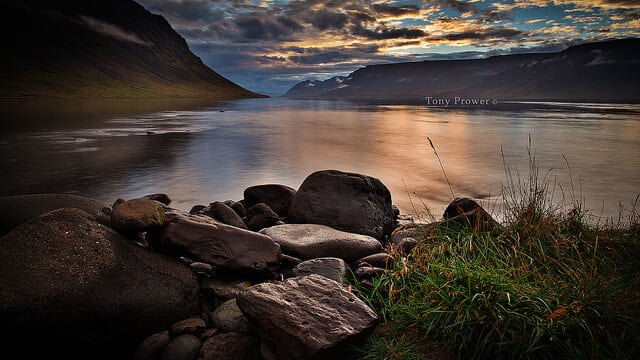
Arnarfjörður in Iceland’s Westfjords. (24mm at f/14) although I am close to the foreground and there is great depth, nothing appears out of focus.
So why don’t we just shoot landscapes at f/22?
At f/22, nothing is out of focus, but also, nothing is sharp. If nothing is sharp, then there is no preference for the eye to find the intended subject. In the picture above, I am shooting f/14 and the focus is balanced towards the foreground. The distant mountains are not sharp, but they are not out of focus. In terms of communicating depth, this is effective because distant objects are not sharp, they lose sharpness and contrast over distance naturally. If I shot the same scene with f/22, then nothing would be sharp, but nothing would be out of focus. The close rock and grass would have less appeal and the distant mountains would not look much different from the nearby mountains.
Depth Communication
Consider these next 2 images. Which one communicates depth better? Which one is more 3 dimensional? Which one do you prefer?
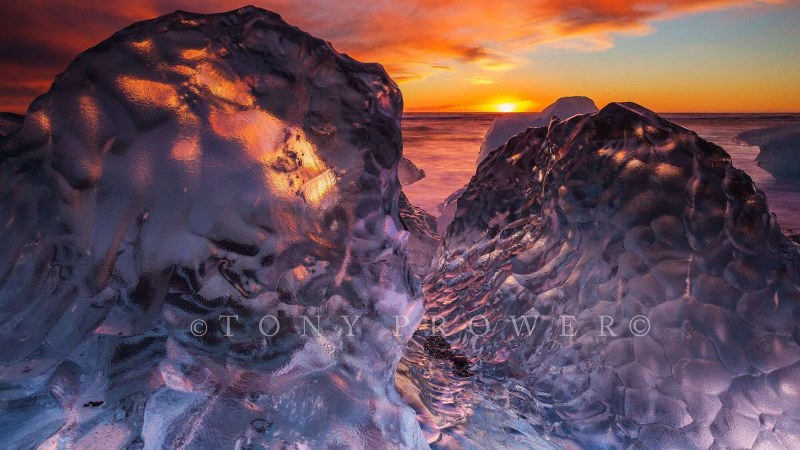
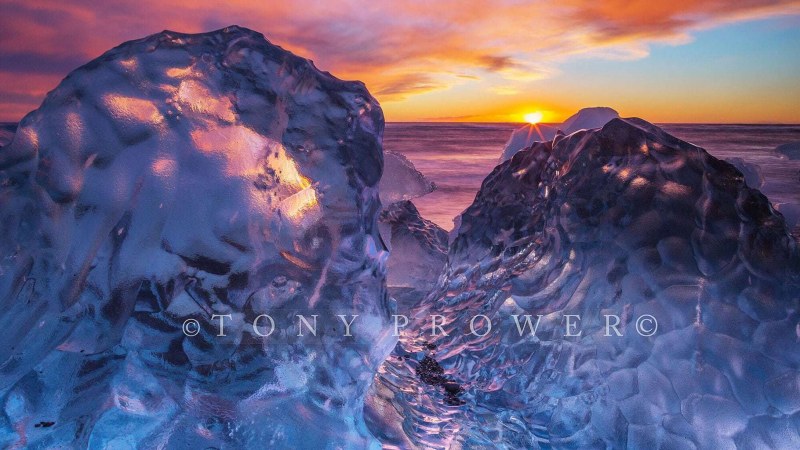
Monet’s Brush
Imagine that Monet was painting this scene. He would use a big fat brush for the ice closest to us and a very fine brush for the scaly details in the trough of the ice. This is why many artistic photographers describe aperture as their “Brush”.
So why did I take the second shot using f/22?
Firstly, because I was so close to the ice, I just wanted to cover my bases. Secondly because the sun appeared and the smaller apertures (f/22) can create a sun-star. Another reason is that sharpness with a quality prime lens will not suffer so much when you compromise aperture. I could always selectively sharpen parts of the scene in post-processing if I wanted to communicate a better sense of depth.
Small Apertures
Other photographers might use f/22 to slow the shutter speed. Small apertures let less light through the lens requiring a longer exposure. This is why landscape photographers carry tripods – small apertures in the golden hour (low light) require longer exposures. Often a waterfall or sea-scape will be more desirable with a longer shutter. But as I am arguing for aperture, I will encourage the use of Neutral Density filters (ND) to achieve a longer exposure time. Your choice of aperture should only be a consideration of depth and sharpness.
